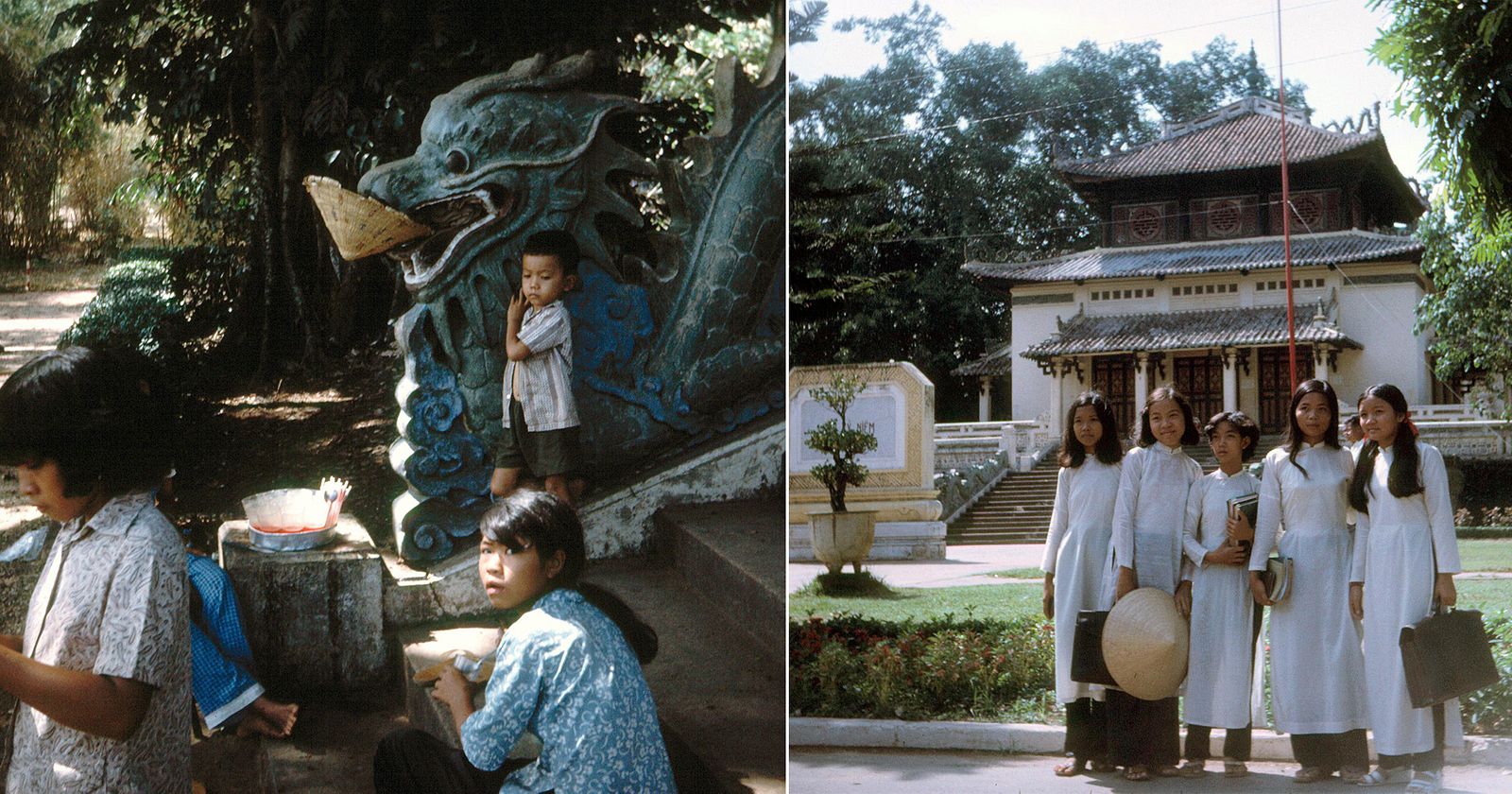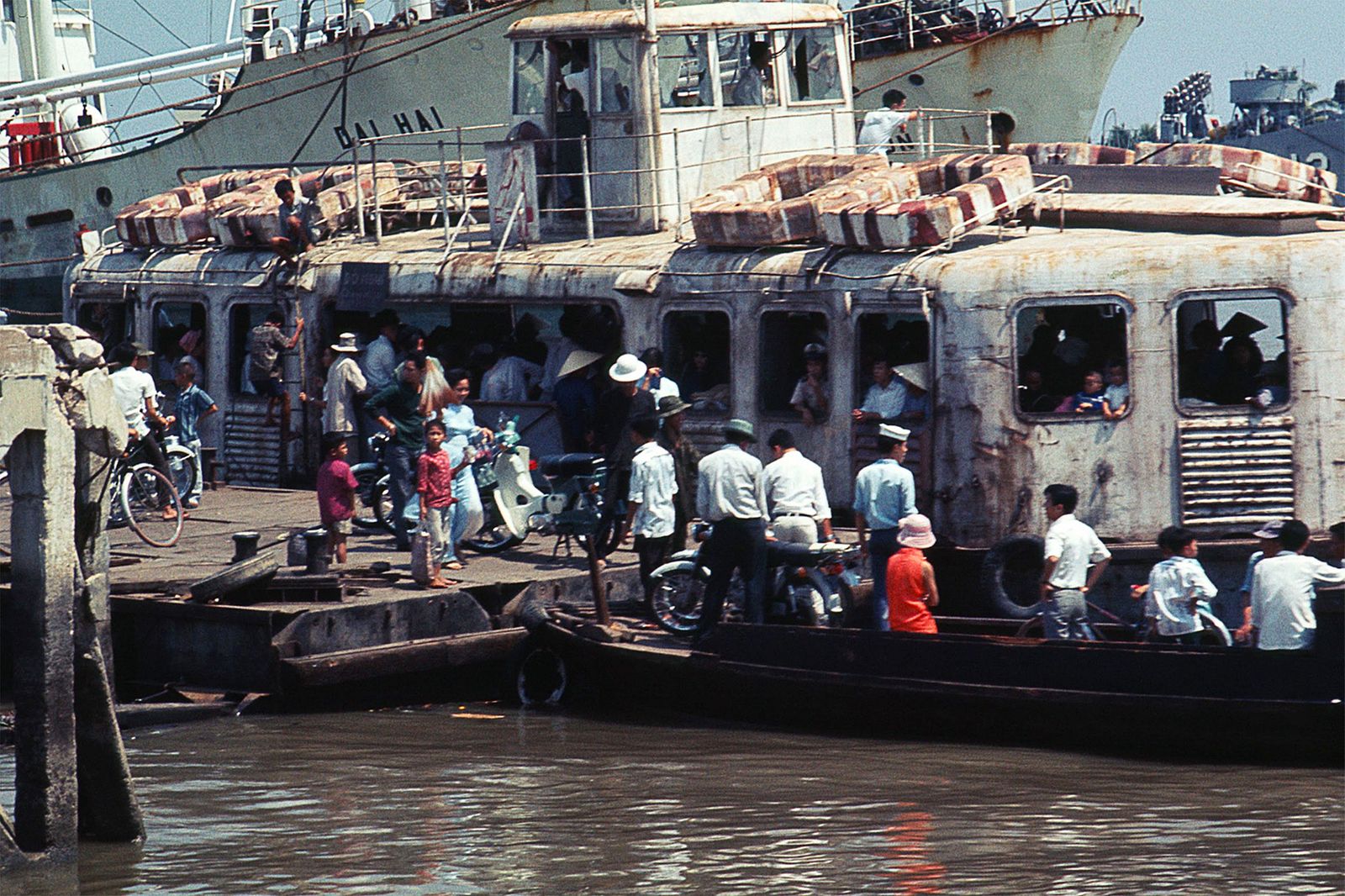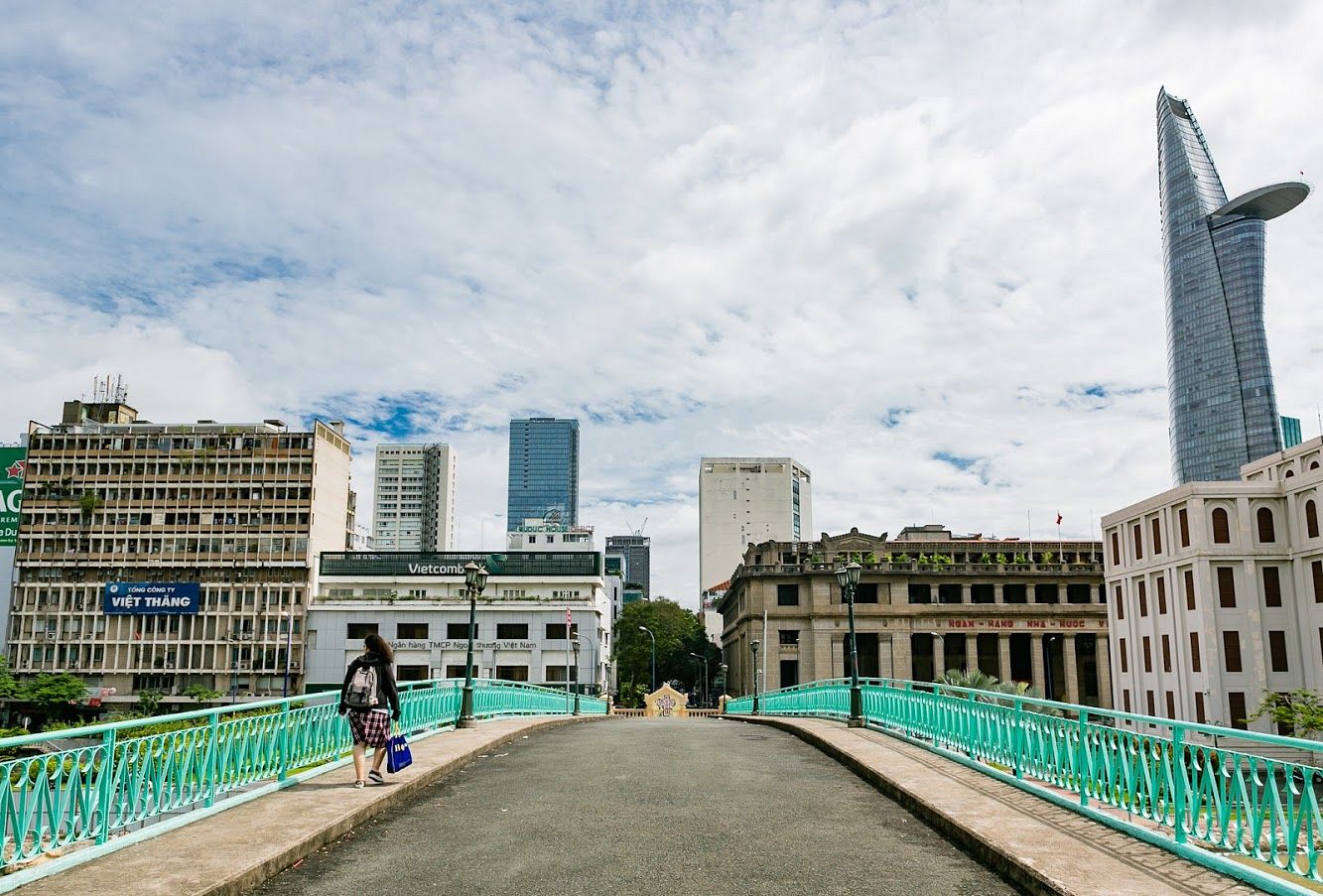Have you ever spotted these substations peppered across downtown Saigon and wondered what the initials CEE stands for?
While major French-built landmarks like the Central Post Office, Notre-Dame Cathedral and various schools are still a crucial presence in Saigon’s historical legacy, other minor vestiges of the previous European administration in the city are slowly disappearing — including these electric substations.
The structures, usually taking the form of nondescript locked rooms on the street, were part of a utility network by Compagnie des eaux et d'électricité d'Indochine (The water and electricity company of Indochina), or CEE, which was founded more than a century ago in 1900, according to historian Tim Doling.

A new CEE headquarters building was inaugurated in the late 1950s at 72 Hai Ba Trung. It has since been rebuilt twice.
According to the Bulletin économique de l'Indo-Chine of 1908, “In Saigon, light is provided by the factory of the Société d'électricité de la ville de Saigon (SEVS), which is actuated by a steam pumping apparatus with a driving force of 1,100 horsepower.”
A year later, in 1909, CEE bought out SEVS. The former already held the concessions for water in Saigon and nearby Cho Lon, as well as Phnom Penh’s water and electricity services.
After taking over the city’s electricity distribution, CEE established substations across town, in major neighborhoods like Boulevard Norodom (Le Duan), Chateau d’eau (Turtle Lake), Phu Tho, Khanh Hoi and Tan Son Nhat.
Even though in modern-day Saigon, these pieces of infrastructure have been taken over by Vietnam Electricity (EVN), they still bear the logo of their previous operator. The bright blue letters on a background of yellow paint remain one of local street culture’s most iconic images.
Here are some of our favorite instances of these old substations captured on local streets:

Ly Thuong Kiet Street.

Ly Thuong Kiet Street.

Tran Hung Dao Street.


Left: Hai Ba Trung Street. Right: Huynh Thuc Khang Street.

Tran Hung Dao Street.

Ly Tu Trong Street.


Left: Ly Tu Trong Street. Right: Le Thanh Ton Street.

Huynh Thuc Khang Street.

Cach Mang Thang 8 Street.

3/2 Street.


Left: Dong Khoi Street. Right: Le Cong Kieu Street.

3/2 Street,

Beside the Saigon Opera House.















